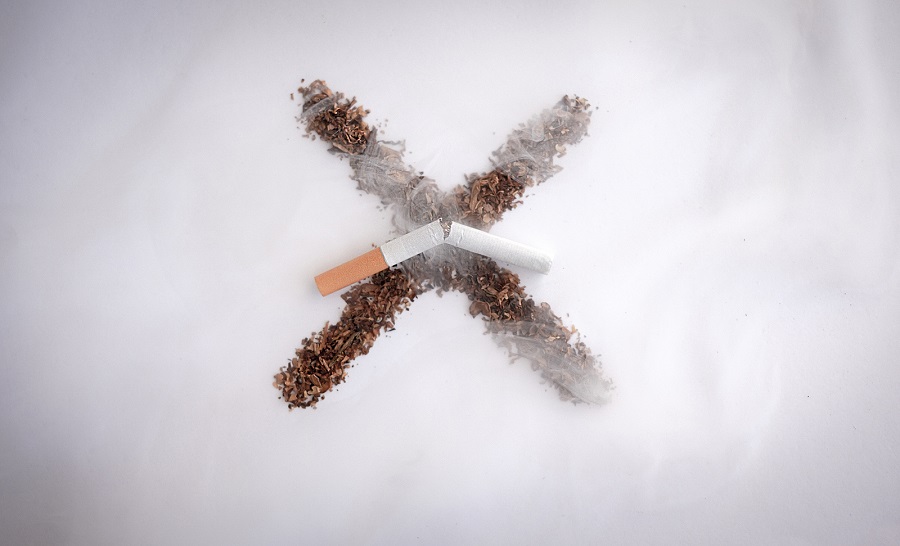It’s not necessarily a widely known term, but “dry socket”, also known as alveolar osteitis, is a very painful condition that can occur after having a permanent adult tooth, such as a wisdom tooth or a singular tooth, extracted. Its symptoms are predominantly the occurrence of pain that feels like throbbing, which can start between 2 and 4 days after the extraction. It’s more common on the lower back teeth, but that doesn’t mean that it cannot affect other teeth in the mouth. So, what can you do if you get one, how you can prevent it, but also how do you get them in the first place?
What Are The Causes?
Dry socket is caused by the loss of a blood clot in the tooth socket after it has been extracted. When a tooth is extracted, a blood clot forms so the jawbone underlying is covered and protected. But if the blood clot doesn’t form or is lost, this leaves the bone exposed, delaying the healing process.
What Are The Risk Factors?
There are specific factors that can increase anybody’s risk of developing dry socket. If you’ve had dry socket in the past, this makes you more likely to develop it after a tooth extraction. Other risk factors include smoking and tobacco use. Because chemicals in tobacco and cigarettes can contaminate the wound, this can prevent healing, but also sucking on a cigarette can remove the blood clot completely. There are other components, such as gum or tooth infection, poor oral hygiene, as well as certain oral contraceptives. Due to the high levels of estrogen, this can disrupt healing.
How Do You Know If You’ve Got Dry Socket?
Symptoms include a steady pain that throbs a few days after the tooth taken out. This pain could spread to other parts of the head, like the ears and the eyes on the same side as the extracted tooth. Unfortunately, pain medication doesn’t work to minimize the symptoms. In addition to this, because of bacteria and food collecting in the socket area, bad breath can be an unfortunate side effect. If you suspect having a dry socket, it’s important to head to a dentist for immediate treatment and not try to clean the area aggressively yourself.
How Is It Treated?
The treatment involves the dentist clearing the socket gently of food debris. After clearing the socket, an analgesic medicated dressing or packing is put in the socket so the bone is covered. This tends to provide relief immediately. But what’s important is that the dressing is replaced every few days. At this point, medication can be given to keep pain symptoms at bay, such as hydrocodone or anti-inflammatory drugs like Advil can be used to great effect.
What Happens After Treatment?
Once the dentist has given the appropriate treatment it’s important to manage the pain at home, but also ensure that the bacteria is kept to a minimum. You can use salt water to remove food debris, or use an ice pack if there are issues in terms of unbearable pain. Once the treatment has occurred, it can take between 7 and 10 days to heal the dry socket. During this time, new tissue grows to cover the exposed area.
How Can You Heal Quicker?
As well as not smoking, especially for the first 5 days after surgery, once the surgery has been completed, you need to avoid alcoholic, carbonated, caffeinated, or hot beverages. When drinking beverages, it’s important that you don’t drink with a straw, especially for the first 48 hours after extraction. It’s also important that you don’t swish or spit for the first 48 hours after the treatment because this can dislodge the blood clot. It’s also important to eat soft foods like applesauce
Preventing It
To prevent it in the future is all about good oral hygiene and ensuring that you have good habits. If you’ve had dry socket in the past, this can mean you may have it again. But if you ever end up suffering from dry socket after tooth extraction, your dentist can offer sound advice.
Dry socket is one of those painful conditions, and while it isn’t necessarily a widely known term, it is a real concern, especially after tooth extraction. If you are heading for tooth extraction, it’s important to be aware of your chances of getting it. It can be prevented with good oral hygiene, but if you experience any pain after tooth extraction, it’s important to get it checked out as soon as possible and prevent further damage.
More Blog Posts
Office Hours
MON - THU8:00 am - 5:00 pm
FRI8:00 am - 2:00 pm
SAT - SUNClosed






